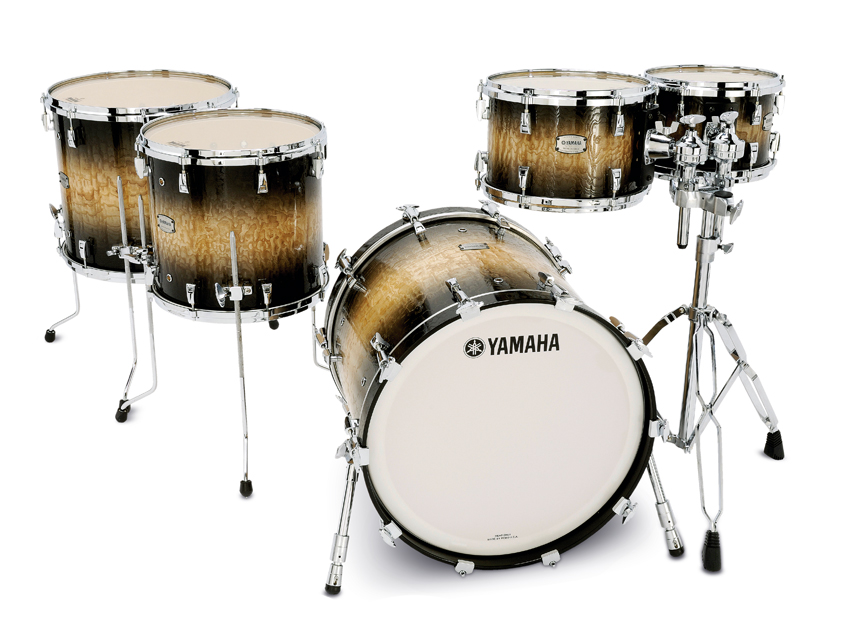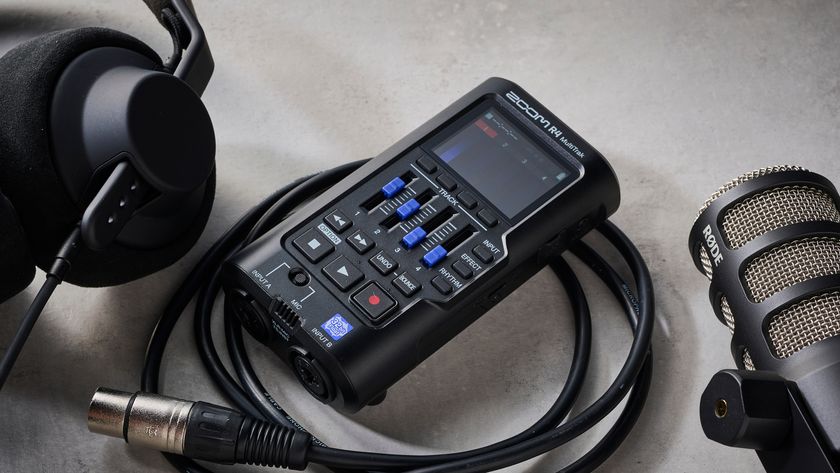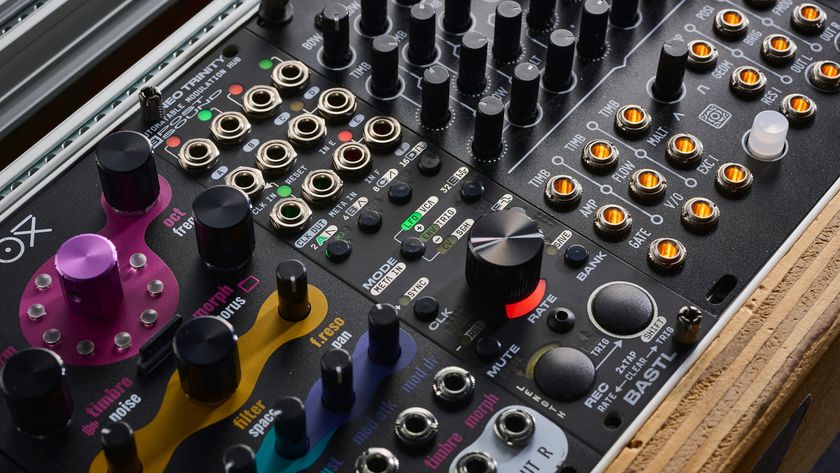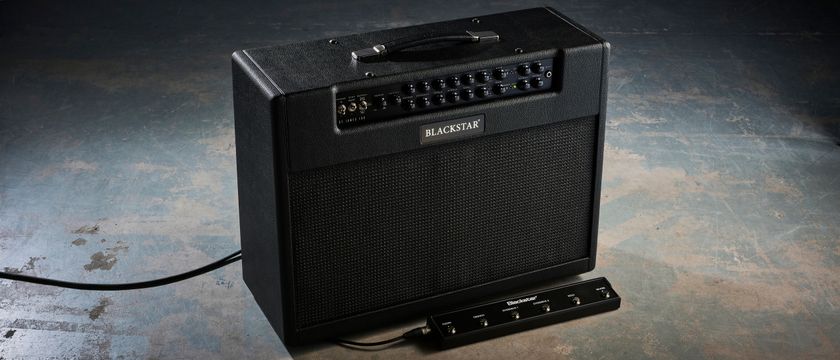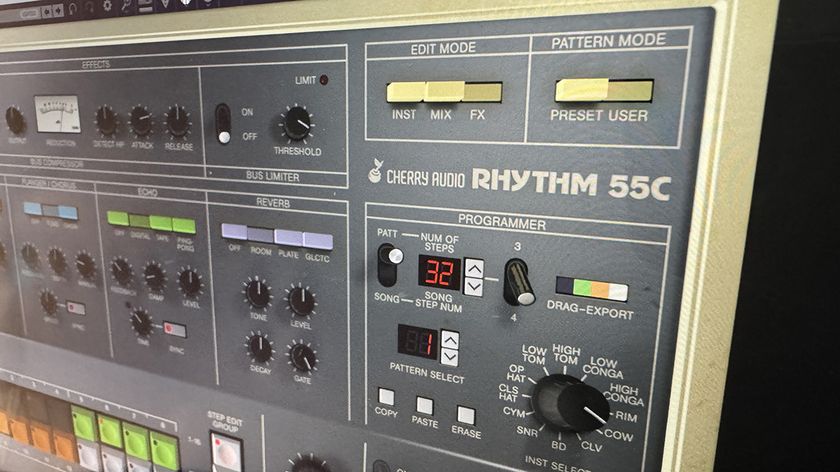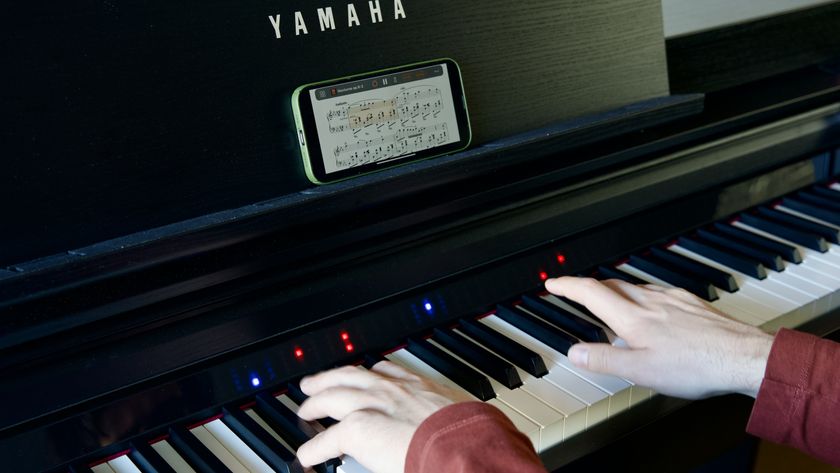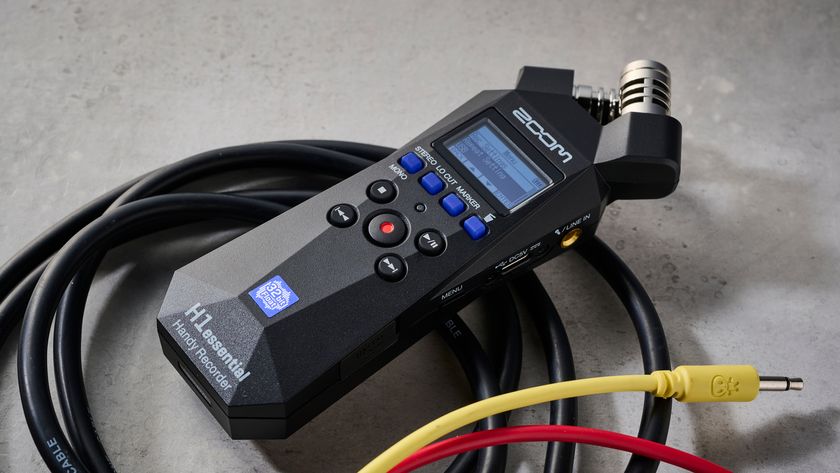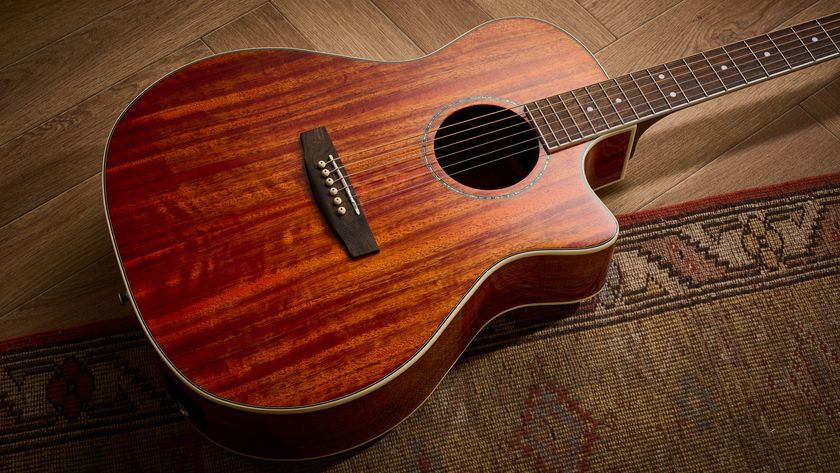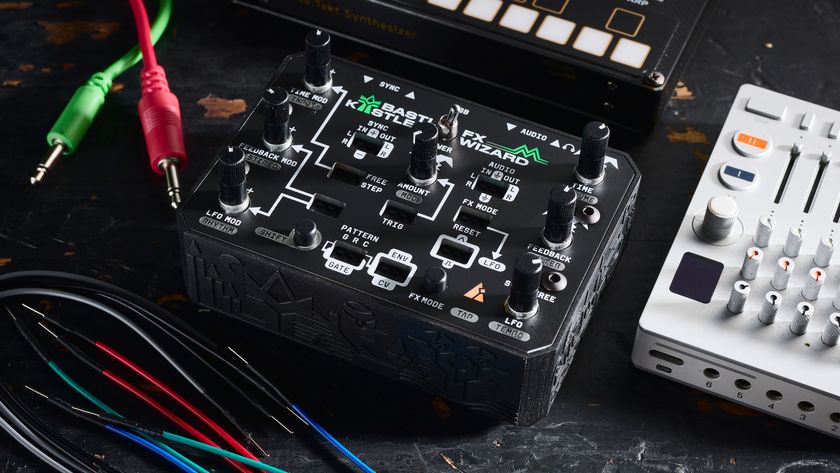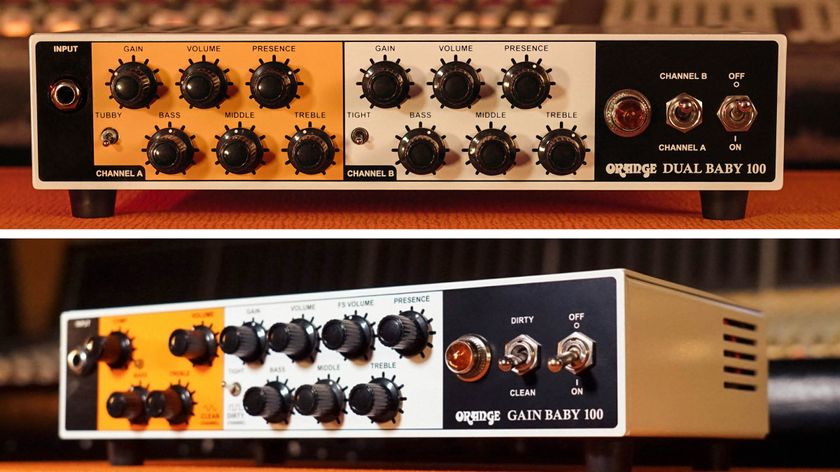MusicRadar Verdict
The PHX might be Yamaha's most expensive kit by miles, but it's a fascinating departure from the norm and ready for every musical eventuality.
Pros
- +
Adaptable, innovative and hopefully a sign of things to come.
Cons
- -
11-plys = heavy. It's not exactly cheap!
MusicRadar's got your back

Yamaha PHX-Pheonix

Yamaha PHX-Pheonix

Yamaha PHX-Pheonix
Behold the future - for Yamaha at least. The PHX-Phoenix represents a major departure for Yamaha and a bold step towards how the company sees its future. While current fashion says expensive shells equal thin shells, the PHX bucks the trend with heavyweight 11-ply walls.
Yamaha has previously championed neglected timbers: beech, oak and bamboo come to mind. The PHX mixes exotic new timbers with trusty maple. Add to this the hook-over lugs and you have a genuinely different kit. It all comes at a shattering cost and Yamaha is keen to point out the PHX is not replacing its established high-end Absolutes.
"The PHX-Phoenix represents a major departure for Yamaha and a bold step towards how the company sees its future"
It's a painstakingly built custom order for the drummer with serious cash.
The Phoenix name refers to the mythical fire-bird, which appeared as Yamaha's first logo back in 1897. Yamaha produced Phoenix (no relation) snares for its 40th drum-making anniversary in 2007. The new kit's badge features a phoenix with a tuning fork.
Build
We've rarely seen such weighty shells since Sonor's Signature 12-ply beech of the 1980s. The PHX's shells are 11-mm thick, utilising a so-called 'hybrid' construction. There's a single ply inner core of jatoba, a South American species sometimes called Brazilian cherry, although not really a cherry. Jatoba is an extremely hard timber, sometimes used in parquet flooring and quality furniture.
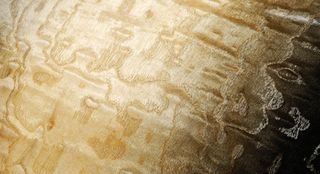
On either side of the jatoba are four plies of softer kapur (camphor), an Asian 'mahogany' which is there to add warmth and depth. Lining the shell is a single ply of North American maple, while completing the outer veneer is your choice of either maple, or a fancy burled ash, like the review set.
If you choose ash you get a textured rivulet-grained finish rather than the more familiar smooth maple. It's lightly, patchily lacquered for an artsy look. There are four maple and five burled ash finishes, partnered with your choice of gold or chrome metalwork.
The review kit is Ash Chrome Textured Black Sunburst. The maple lining ply is sealed with reddish stain and polished to a silkier finish than inside most drums.
Bearing edges are steeply angled at 30 degrees with a different peak profile for each type of drum. Small toms are rounded for warmth and sustain, floor toms slightly less rounded, while bass drums are sharper for attack and shorter sustain. The review kit sizes, incidentally, are 10"x7", 12"x8", 14"x13", 16"x15" and 20"x18".
Unsurprisingly, the thick shells add to the weight. But note that the tasty cast hoops are aluminium rather than most other's zinc and correspondingly lighter while still rigid. Just for the record, on the bathroom scales the 12"x8" PHX weighed in at about 3.5Kg, while my old 12"x8" 9000 (with full braced lugs but no Yamaha Enhanced Sustain System - or YESS - mount) was only 0.5kg lighter.
Lugs are a new generation of Yamaha's controversial Nouveau. These have a retractable design, hooking over a post fixed to the shell. Previously the posts were set at the nodal plane of the shell, but now they are a little further in. The post is square, not round, so the lug cannot stray from vertical. It's an elegant, hi-tech design in gorgeously polished thick chrome.
Yamaha has one more trick up its sleeve; an updated YESS tom mount. Previously the mount was clamped to the shell by two bolts at the nodal point. Now there's a plate in black maple (not steel) which is shock-mounted by two upper rubber grommets and a third lower grommet for stability. The rubber grommets totally eliminate metal-to-shell contact.
Hands on
The proof is in the performance and, after taking the Pheonix for a test drive, it was mightily impressive to say the least.
The kit came with the two small toms already nicely tuned. The clear Remo Ambassadors were tensioned the same top and bottom which accentuated the drums' striking clarity. There's always been a certain 'blam' factor on 10" toms - pioneered by Steve Gadd and followed up by Dave Weckl.
"While current fashion says expensive shells equal thin shells, the PHX bucks the trend with heavy 11-ply walls"
Messing around more with the PHXs we realised they're also super sensitive. Just tickling them they are really lively. Then as you lay in harder they continue to open up, never choking. Tuning is precise and holds firm however low or high you go.
A thicker shell tends to be more stable and thus more independent of the head. This means you hear more of the head tone than with a thin shell, which vibrates more and imparts more colour to the sound. That's why many drummers like thin shells. But these shells certainly don't lack character.
Whatever is happening with the exotic wood hybrid is imparting colour and creating a lovely rounded tone.
The bass drum surprised us most. There was more warmth than expected given the fitted Powerstroke-3 batter, which is usually hard sounding. This bass drum (with front head intact and no other damping) gave up a fat funky blast followed by a wide-open roar. It had a feeling of pent up power, threatening to burst out at the seams.
Standing in front you get that slightly delayed 'whoomph' like blowing a safe in a Hollywood movie. This is a sound previously associated with thin shells, so Yamaha's team have certainly worked magic with the PHX shell formulation.
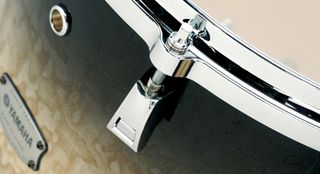
Some drummers might find the Nouveau lug a bit radical. But it's a perfectly viable alternative and good on Yamaha for persevering with it.
You loosen the tension bolts all round until the lugs come away from their posts. Then you lift off the hoop with bolts and lugs hanging down. You can't lose any bolts since they're still attached to the lugs. The system works fine - don't be put off, you quickly get completely used to it.
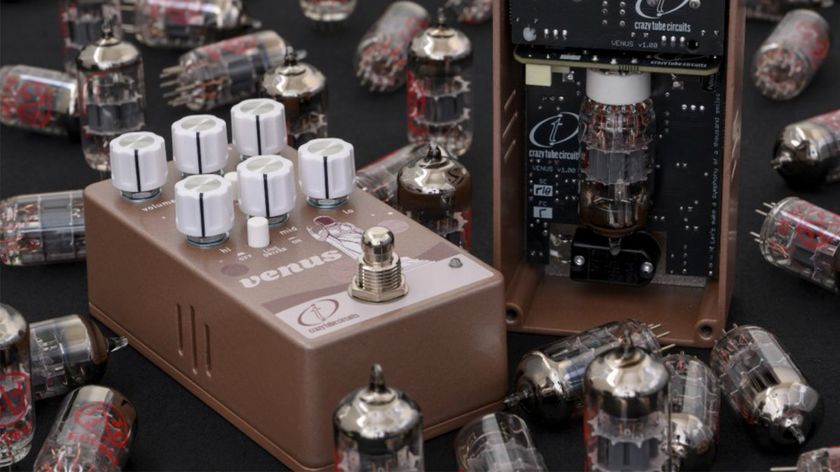
“A vast tonal palette from gnarly, aggressive distortion to smooth, creamy overdrive. ”: Crazy Tube Circuits cooks up a crazy tube circuit for real – meet Venus, an overdrive pedal with an “oddball” ECC832 inside
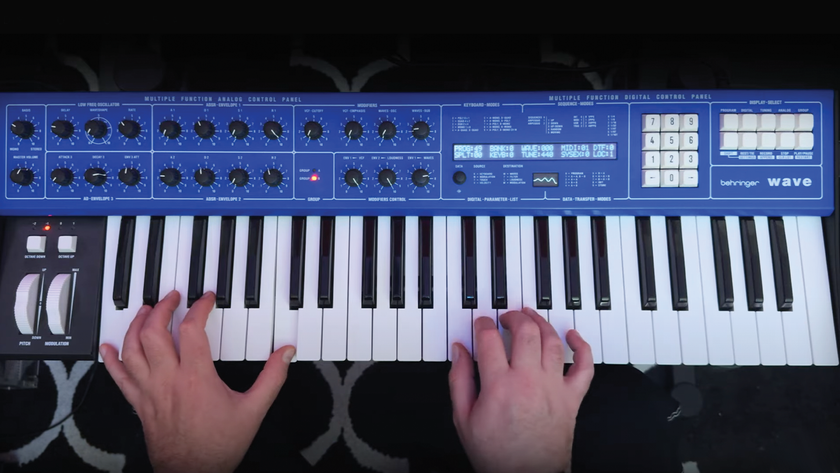
Behringer synth prices just rose by up to 70% in the US - are Trump tariffs to blame?

Radiohead’s five members just minted a new limited liability partnership, sparking rumours that they're about to break cover with a new album
